Car Aerodynamics CFD: A Free Fluent Tutorial (Hatchback vs. Sedan)
Car Aerodynamics CFD: A Free Fluent Tutorial (Hatchback vs. Sedan)
- Upon ordering this product, you will be provided with a geometry file, a mesh file, and an in-depth Training Video that offers a step-by-step training on the simulation process.
- For any more inquiries regarding the product, please do not hesitate to reach out to us at info@CFDLAND.com or through our online support assistant.
€0
A Car Aerodynamics CFD simulation is a vital tool for car designers. The way air flows around a car has a huge impact on its fuel efficiency, stability at high speeds, and even how quiet it is inside. A great example of this is comparing two versions of the same car, like the Peugeot 206 hatchback and sedan (SD). Even though they look similar from the front, their different rear shapes cause major changes in airflow. This report details a CFD analysis that visually explains why the sedan is more aerodynamically efficient than the hatchback.This analysis is a perfect example of the skills taught in our comprehensive ANSYS Fluent course for beginners, a FREE Course that provides an excellent foundation for performing your own simulations.

Figure 1: Comparing the different rear body styles of the hatchback and sedan models
Modeling the Car Aerodynamics Fluent Simulation
The simulation was performed using 3D models of both the hatchback and sedan. To prepare for the Car Aerodynamics Fluent analysis, a large virtual box, or “wind tunnel,” was created around each car model. This entire volume was then filled with millions of small tetrahedral cells, a process called meshing. We used a very fine mesh, especially behind the vehicles and close to their surfaces. This is critical because the air in these areas is very active, and we need a fine grid to accurately capture the physics. To correctly simulate the complex, swirling airflow (turbulence), we used the industry-standard k-omega SST turbulence model. This model is excellent for external aerodynamics because it accurately calculates the airflow both in the boundary layer attached to the car and in the large wake region that forms behind it.
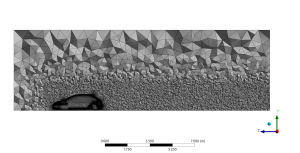
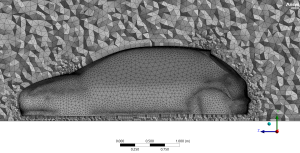
Figure 2: The high-quality mesh generated around the hatchback model for the aerodynamic analysis.
Post-processing: CFD Analysis, How Rear-End Shape Creates Aerodynamic Drag
The simulation results provide a clear and fully substantiated story that begins with the shape of each car’s rear end, which is the primary “cause” of its aerodynamic performance. The hatchback has an abrupt, almost vertical cutoff at the back. This sharp shape is the “cause” of a massive aerodynamic problem. The air flowing over the car cannot follow this sudden drop. Instead, it separates from the surface and creates a large, swirling, low-pressure zone directly behind the car. This zone is called the “wake.” The velocity plot in Figure 3 provides perfect visual proof of this effect. The large blue area behind the hatchback shows a huge region of slow, chaotic air. The turbulent kinetic energy (TKE) plot in Figure 4 further confirms this, showing a large, intense red area which signifies a highly turbulent and energy-draining wake.
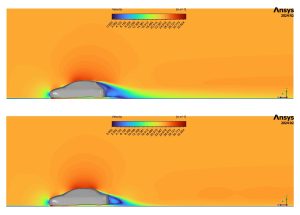
Figure 3: Velocity contours showing the much larger low-velocity wake region behind the hatchback compared to the sedan.
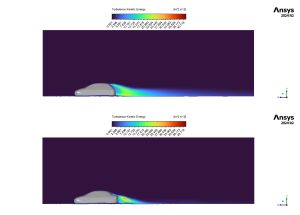
Figure 4: Turbulent kinetic energy (TKE) plot showing the highly intense and large turbulent wake behind the hatchback.
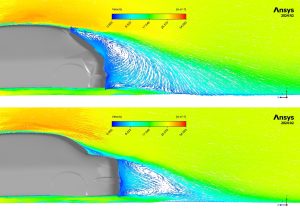
Figure 5: Streamlines showing the size of the wake regions, visually confirming the larger and more chaotic flow behind the hatchback.
This large, turbulent wake is the “effect” that directly harms the car’s performance. This low-pressure zone acts like a powerful vacuum, sucking the car backward and resisting its forward motion. This suction force is known as “form drag.” In contrast, the sedan’s extended trunk is the “cause” of a much better outcome. This gradual shape allows the airflow to stay attached to the body for longer and separate more smoothly at the very end. The direct “effect” is a much smaller and less turbulent wake, as clearly shown by the smaller blue and red areas in Figures 3 and 4, respectively. This smaller wake creates far less suction. The most significant achievement of this Hatchback Car CFD analysis is the clear visual demonstration that the abrupt rear shape of the hatchback (the cause) leads to massive flow separation and a large, turbulent wake (the effect), which results in high aerodynamic drag. Conversely, the sedan’s trunk minimizes this effect, proving that subtle changes in body shape are the key to designing more fuel-efficient and stable vehicles.
We pride ourselves on presenting unique products at CFDLAND. We stand out for our scientific rigor and validity. Our products are not based on guesswork or theoretical assumptions like many others. Instead, most of our products are validated using experimental or numerical data from valued scientific journals. Even if direct validation isn’t possible, we build our models and assumptions on the latest research, typically using reference articles to approximate reality.
Yes, we’ll be here . If you have trouble loading files, having technical problems, or have any questions about how to use our products, our technical support team is here to help.
You can load geometry and mesh files, as well as case and data files, using any version of ANSYS Fluent.
€215 Original price was: €215.€165Current price is: €165.

€180 Original price was: €180.€150Current price is: €150.

€235 Original price was: €235.€155Current price is: €155.

€170 Original price was: €170.€115Current price is: €115.

€380 Original price was: €380.€185Current price is: €185.



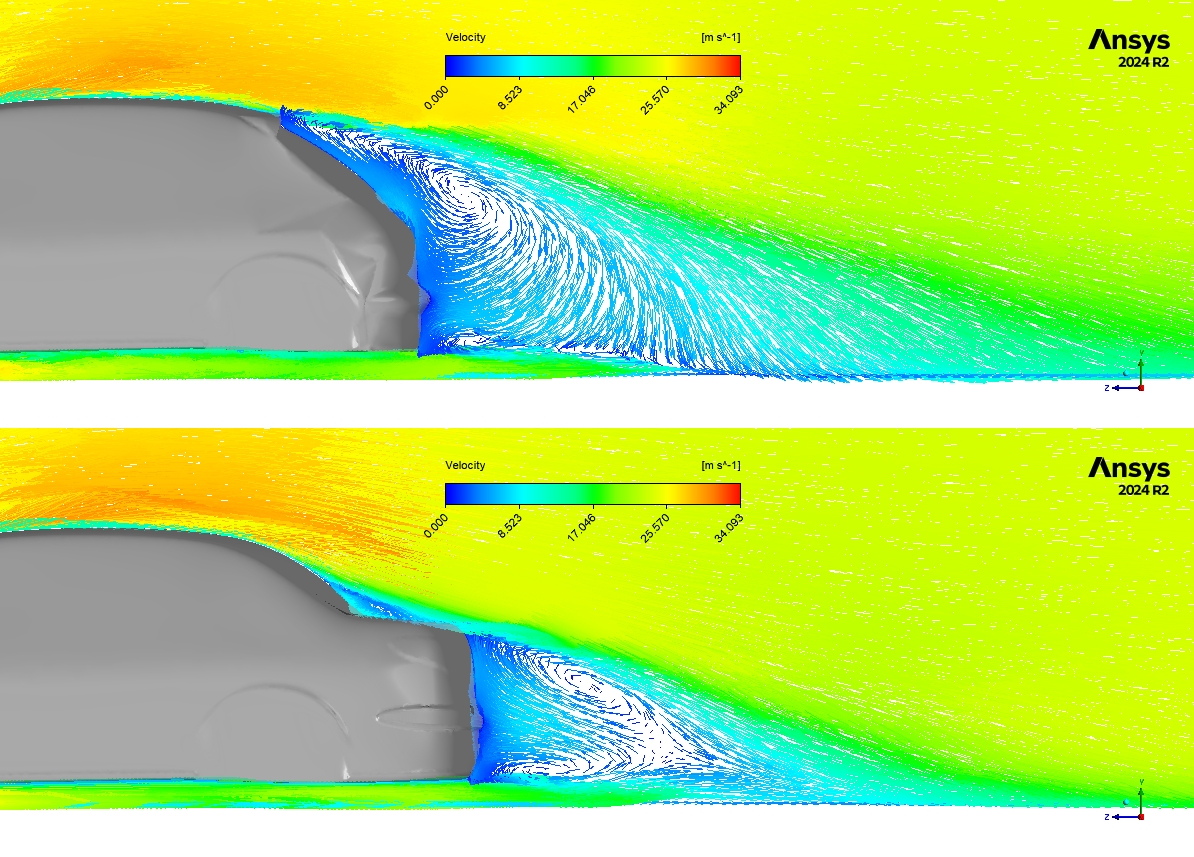
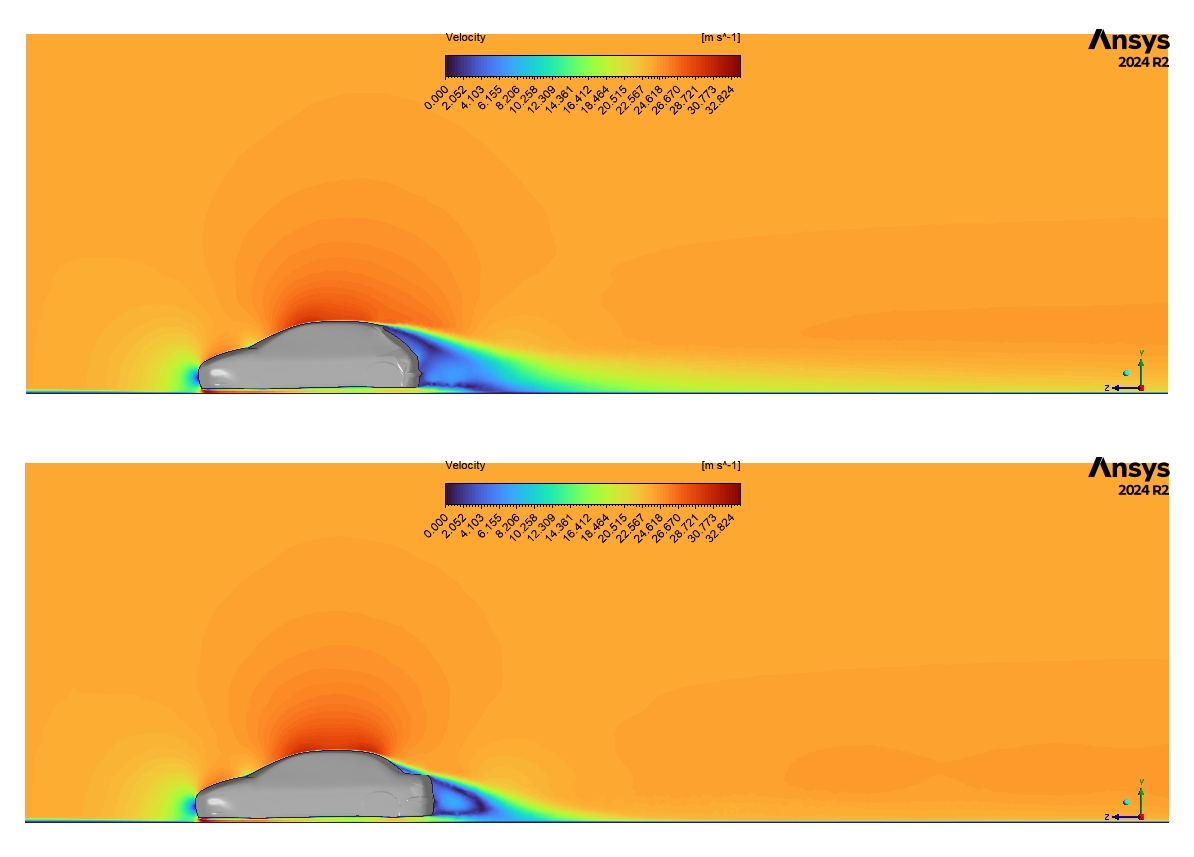
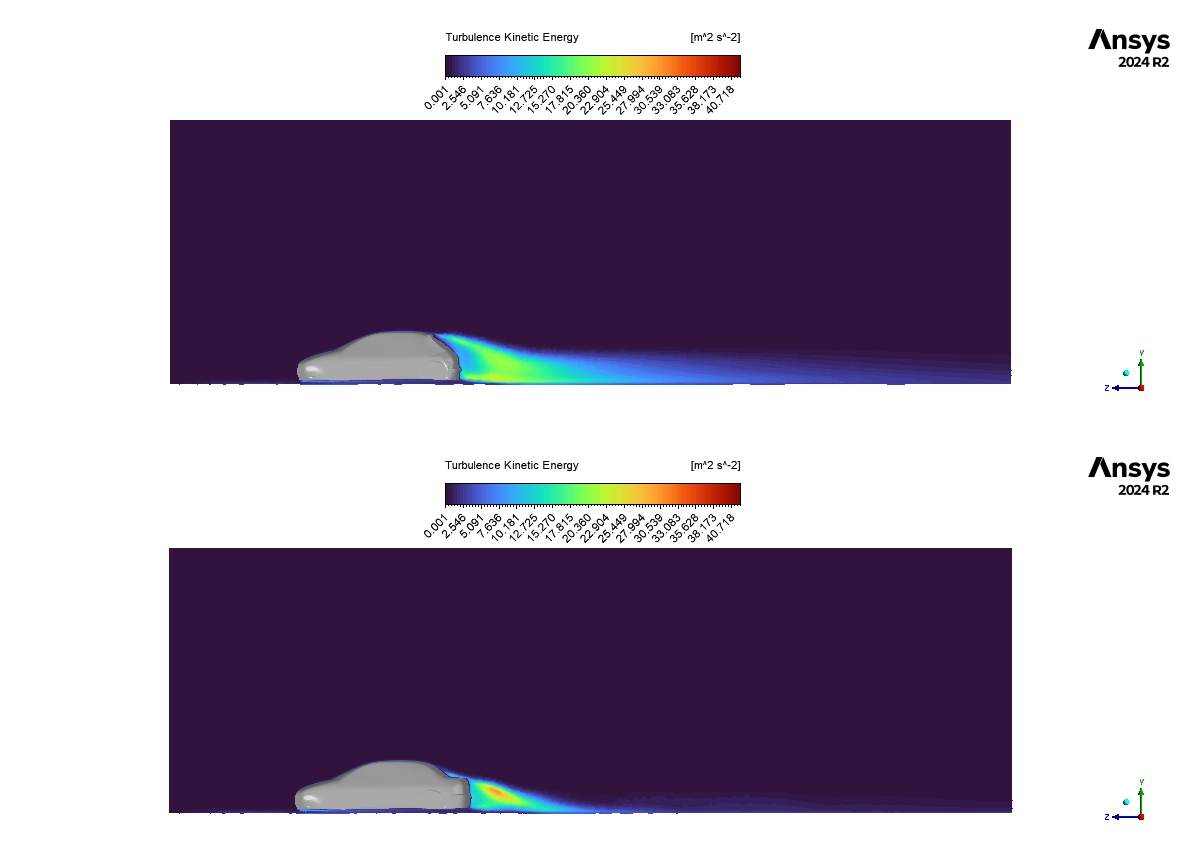
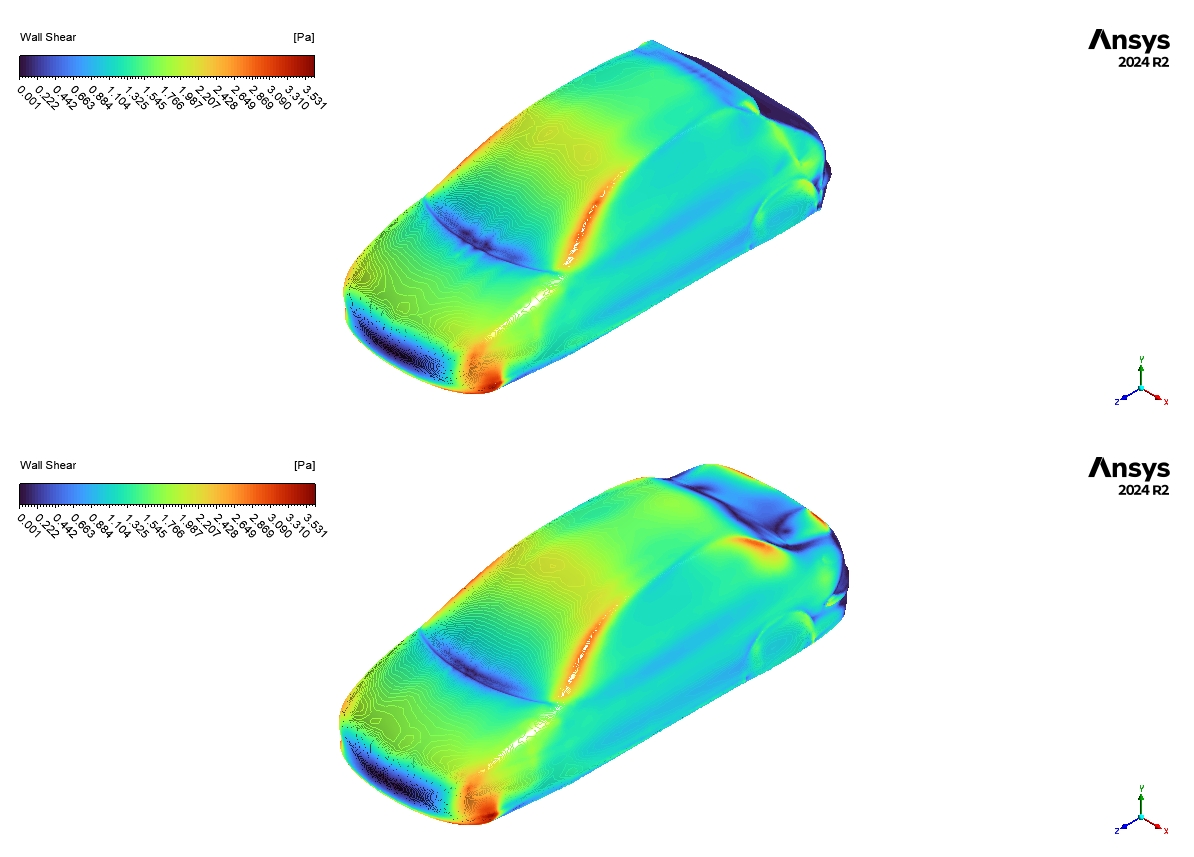
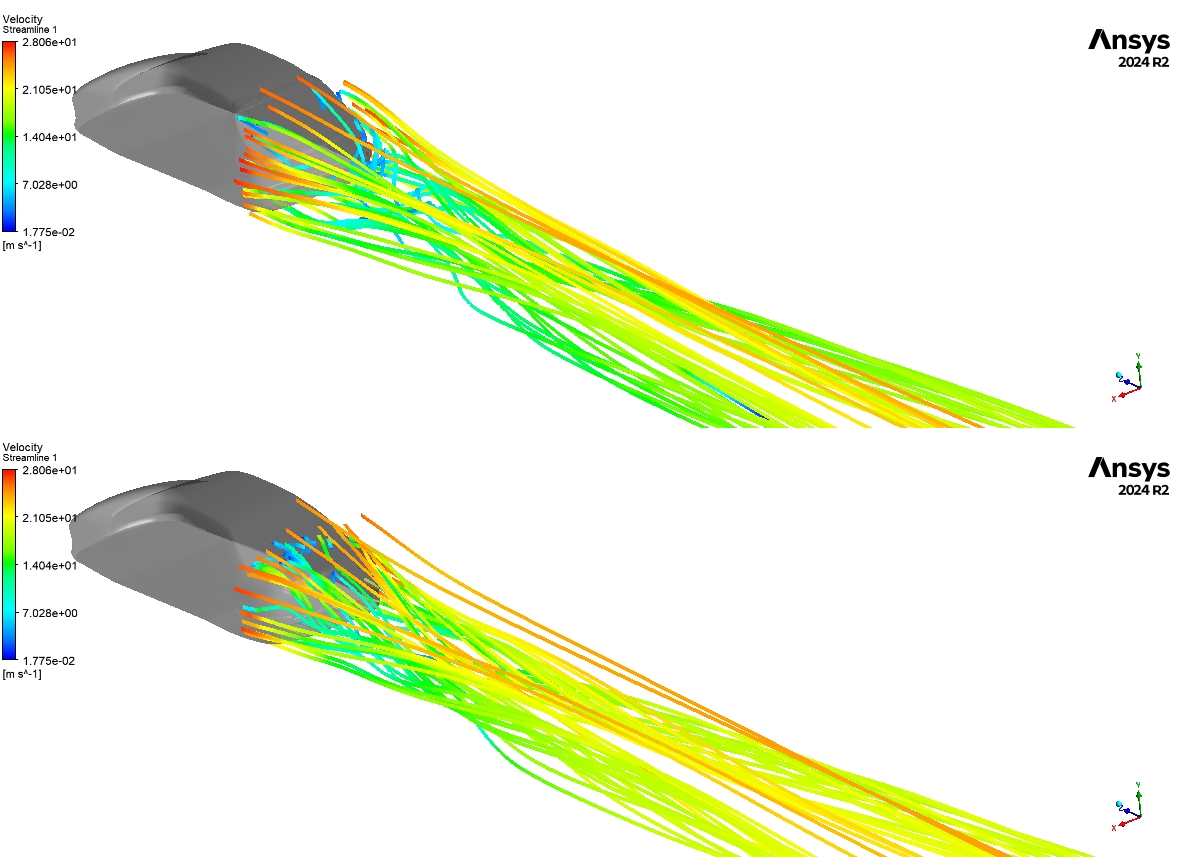

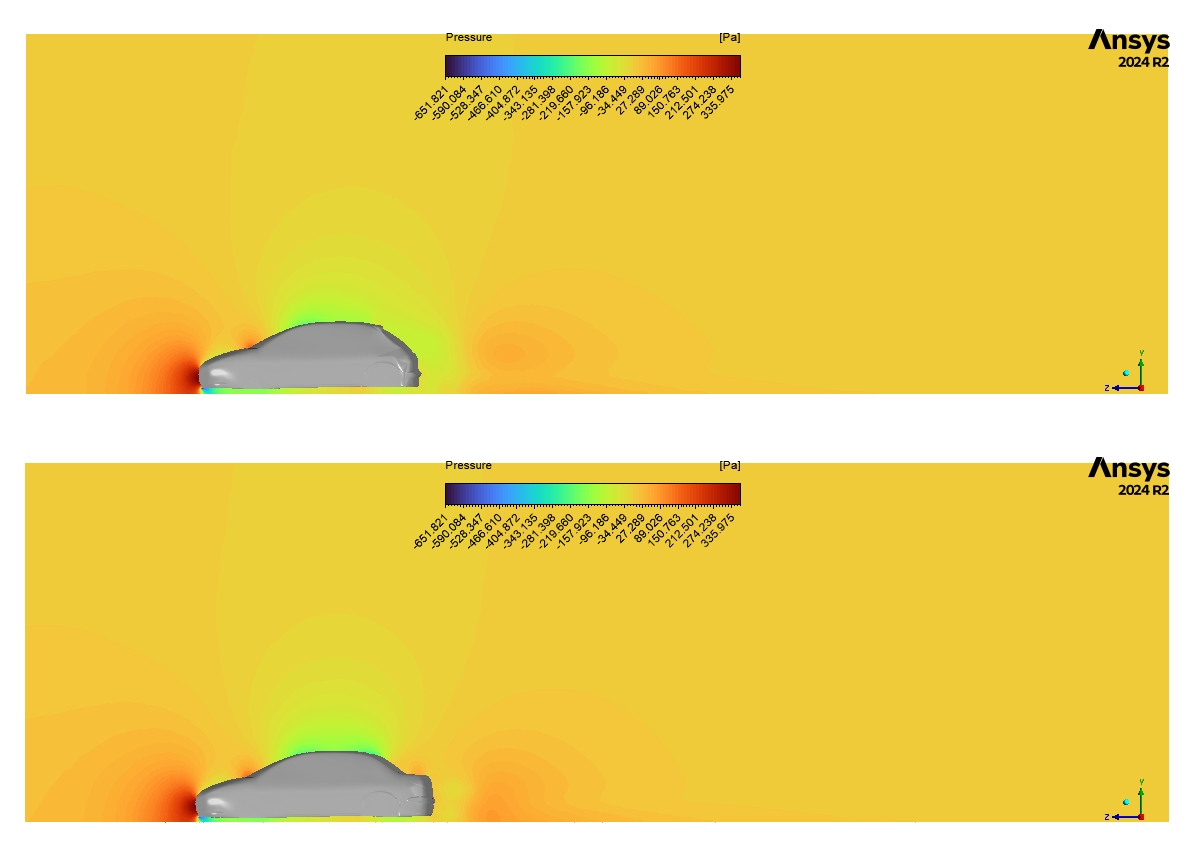
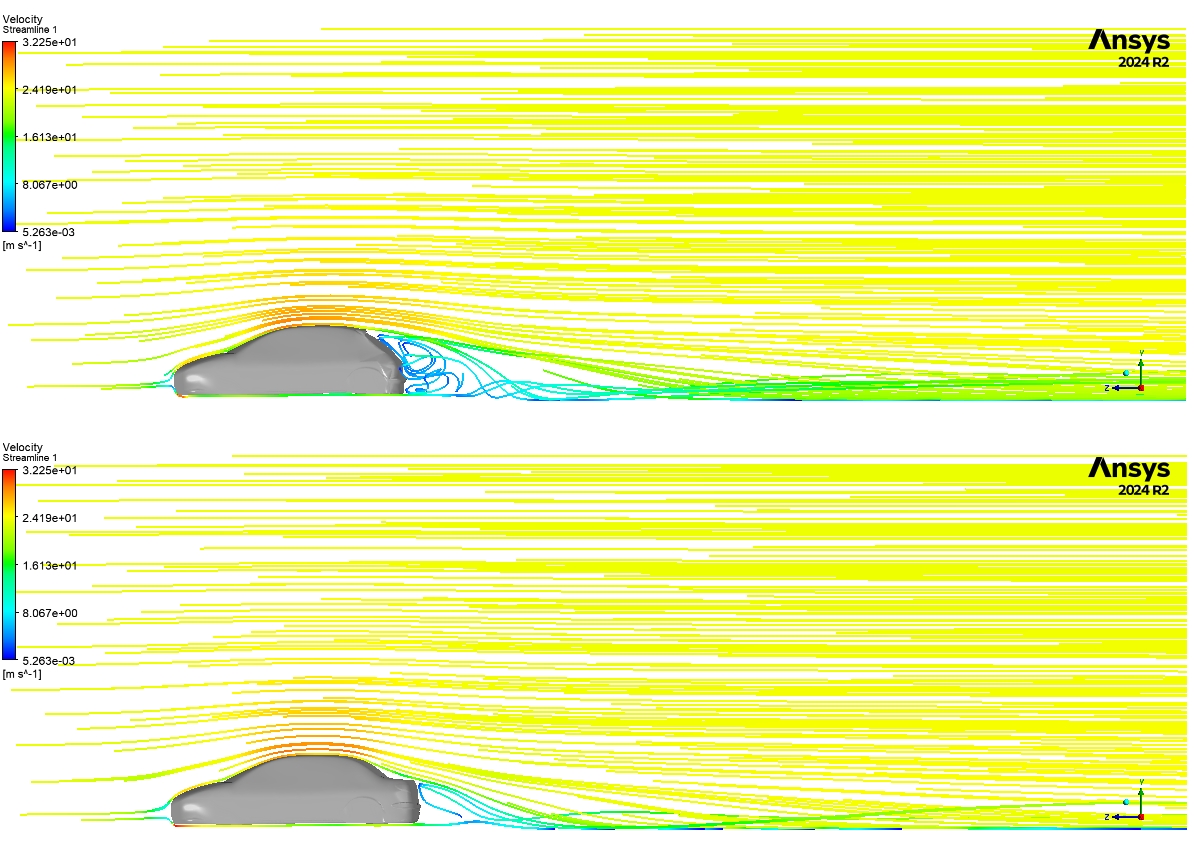







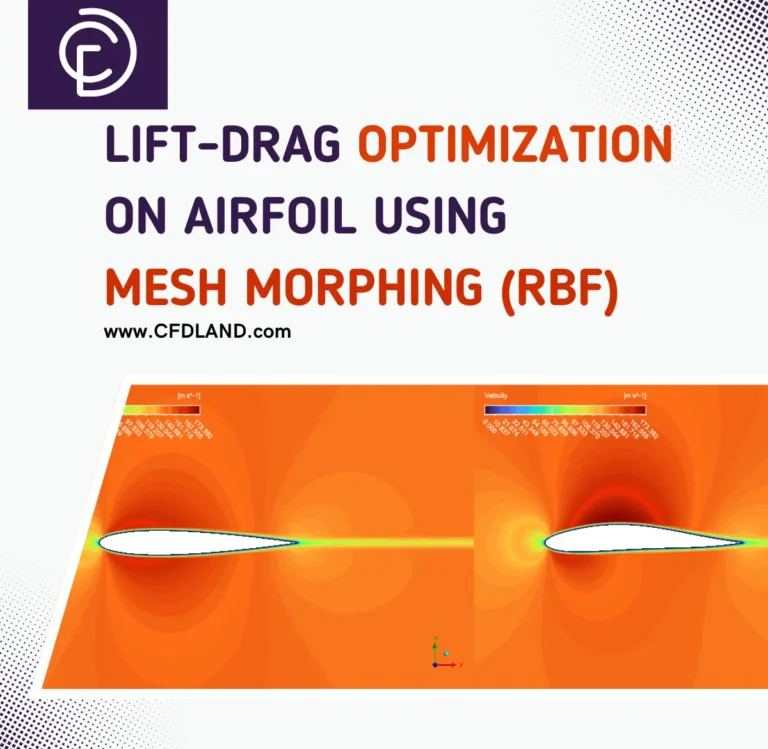
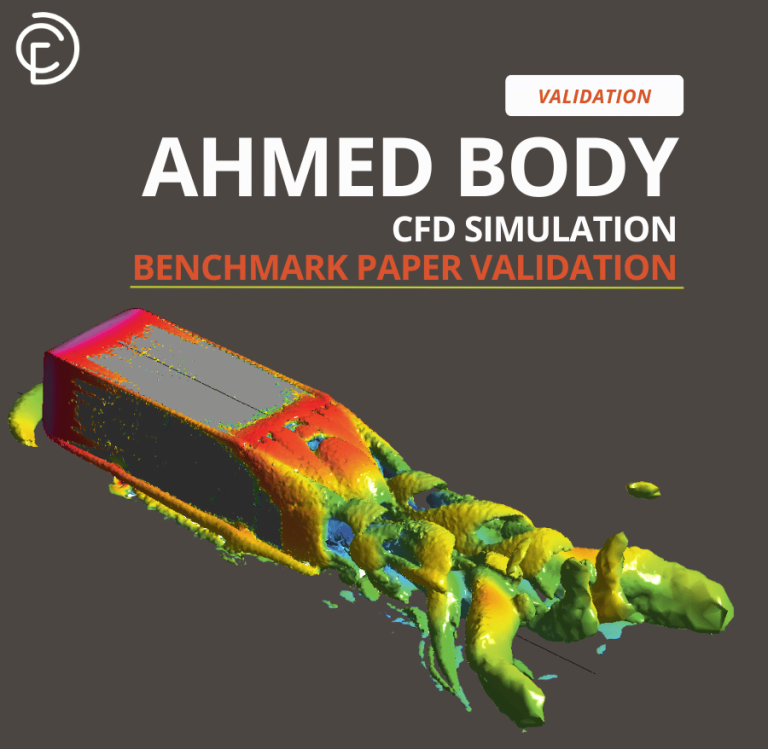
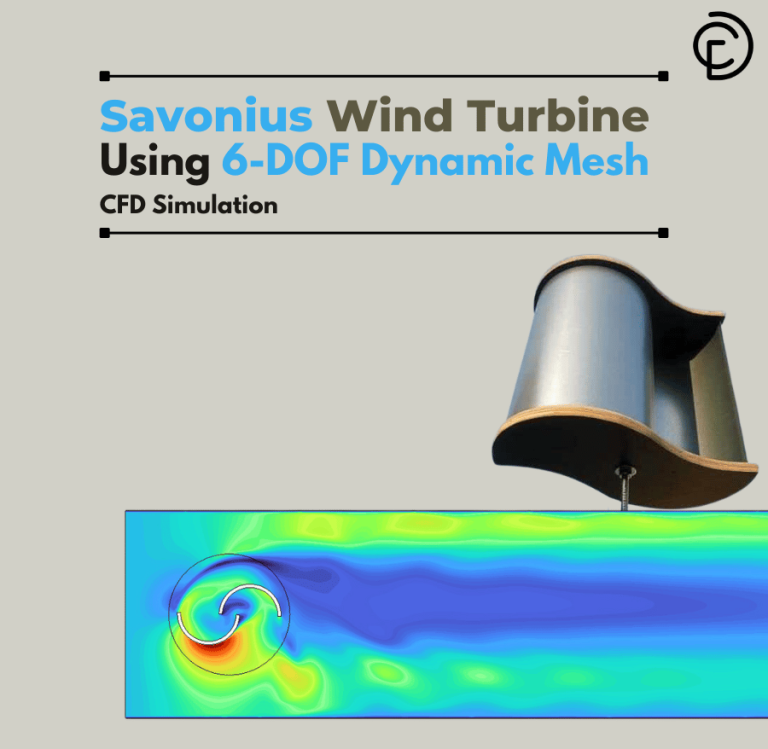
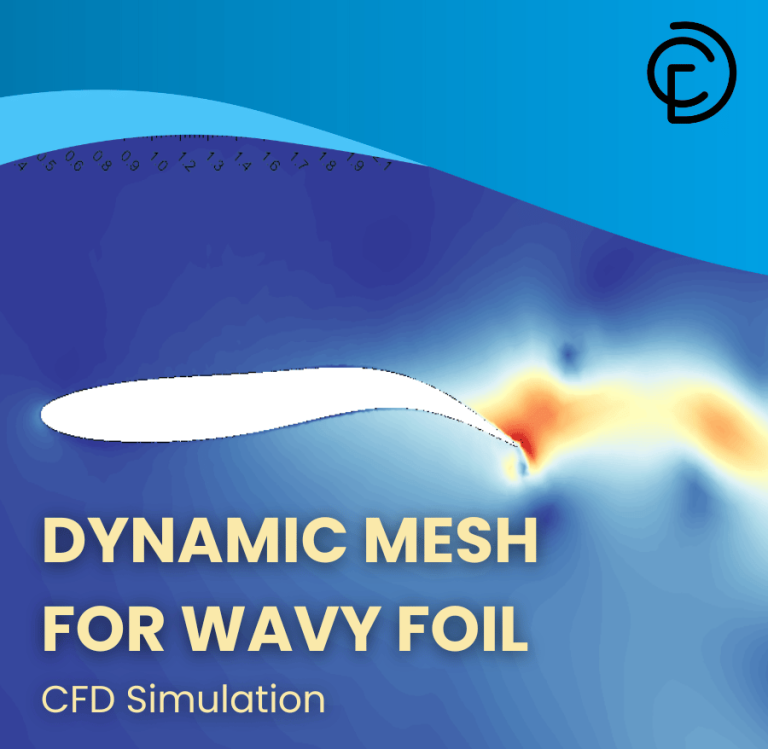
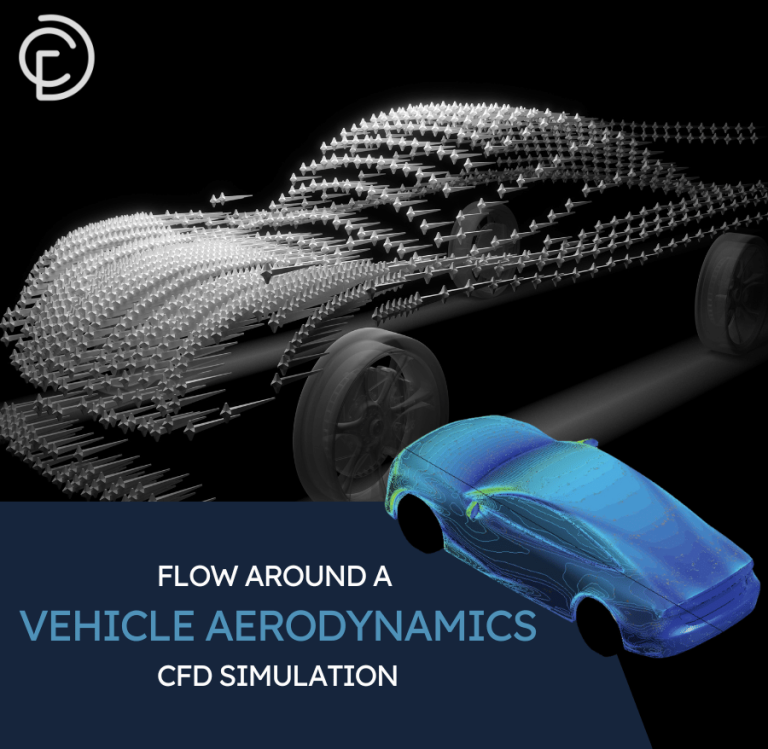

2 reviews for Car Aerodynamics CFD: A Free Fluent Tutorial (Hatchback vs. Sedan)
SHAH AMANAT SIAM (verified owner) –
great
Mitchell –
Heya i’m for the first time here. I found this board and
I find It really useful.